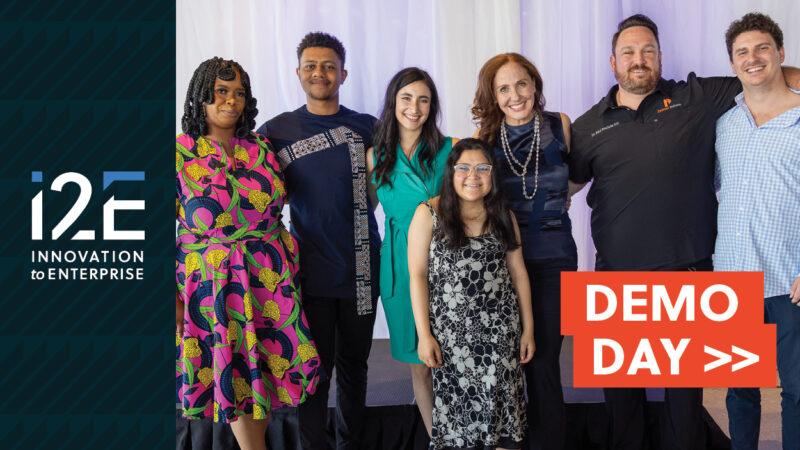By Scott Meacham
“A company is known by the people it keeps.” Of the many sayings attributed to Oklahoma’s philosopher cowboy, Will Rogers, these words readily serve as a mantra for entrepreneurs, and, for that matter, any person running a business of any kind.
Companies succeed because they have great people — people who have the skills to perform their jobs at a high level. People who are problem-solvers and curious. People who fit into the company’s culture and are willing to go the extra mile to improve it. People who can work independently and on teams. Lifetime learners who gain perspective from co-workers who are different from them.
So how do companies — especially startup companies — find great people to hire and keep? For many Oklahoma companies, the OCAST (Oklahoma Center for the Advancement of Science and Technology) Student Intern Partnership Program is the starting point.
The Intern Partnership Program provides up to $30,000 per project per year for up to two years. A 1:1 company match to the state funding is required. The salary the company pays the (intern) employee may be used as match. Projects often involve multiple student interns who may be either at the undergraduate or graduate level.
The experience of the intern is the most important aspect. Benefit to the organization is important, but secondary. In real life, it turns out, everybody, including the state of Oklahoma wins.
“It’s not a free ride,” said Bryan Schulz, vice-president of Technology at Spiers New Technology (SNT)). Schultz has managed more than 20 OCAST interns in his years at SNT. “They start with an assigned project,” he says, “and we also have them work on some aspect of the product line so they can get a feel for what we do. They hit the ground running with real work.”
Michael Carolina, OCAST executive director, says that from the beginning, the Internship Partner Program has exceeded expectations.
“The interns get the advantage of coaching, mentoring, and working on projects that are meaningful,” Carolina said. “The companies involve interns in important projects and get the opportunity to see Oklahoma’s talent at work. In many cases the companies end up hiring those folks. The program helps transform Oklahoma’s economy and helps to define the workforce of the future.”
Oklahoma gains because a smooth path to post-graduation employment helps the state retain the talent we need to help innovative companies deliver new and disruptive solutions to the market place faster. That’s the way to be competitive in a global economy.
Since inception, there have been 1,338 interns working for 237 companies. The program is always over-subscribed — whether OCAST runs one cycle or four. The average award rate is 50 percent, with a return to the state since inception that exceeds $150 million, with 94 percent of the student interns remaining employed in Oklahoma following their internship.
And then there is the “soft” benefit to Oklahoma families. “When companies in Oklahoma build the kind of jobs that attract our talented graduates,” Carolina said, “parents and grandparents don’t have to travel to see their grandkids and great-grands in Phoenix, Denver, Austin, or somewhere else.”
So here is the question: With the double-digit return on investment from the Intern Partnership Program and with more than 90 percent of these talented interns remain employed in Oklahoma after their internships, isn’t it just common sense to increase the number of interns in 2021 and beyond?
Like companies, states are known by the people they keep.
Scott Meacham is president and CEO of i2E Inc., a nonprofit corporation that mentors many of the state’s technology-based startup companies. i2E receives state support from the Oklahoma Center for the Advancement of Science and Technology and is an integral part of Oklahoma’s Innovation Model. Contact Meacham at [email protected].








